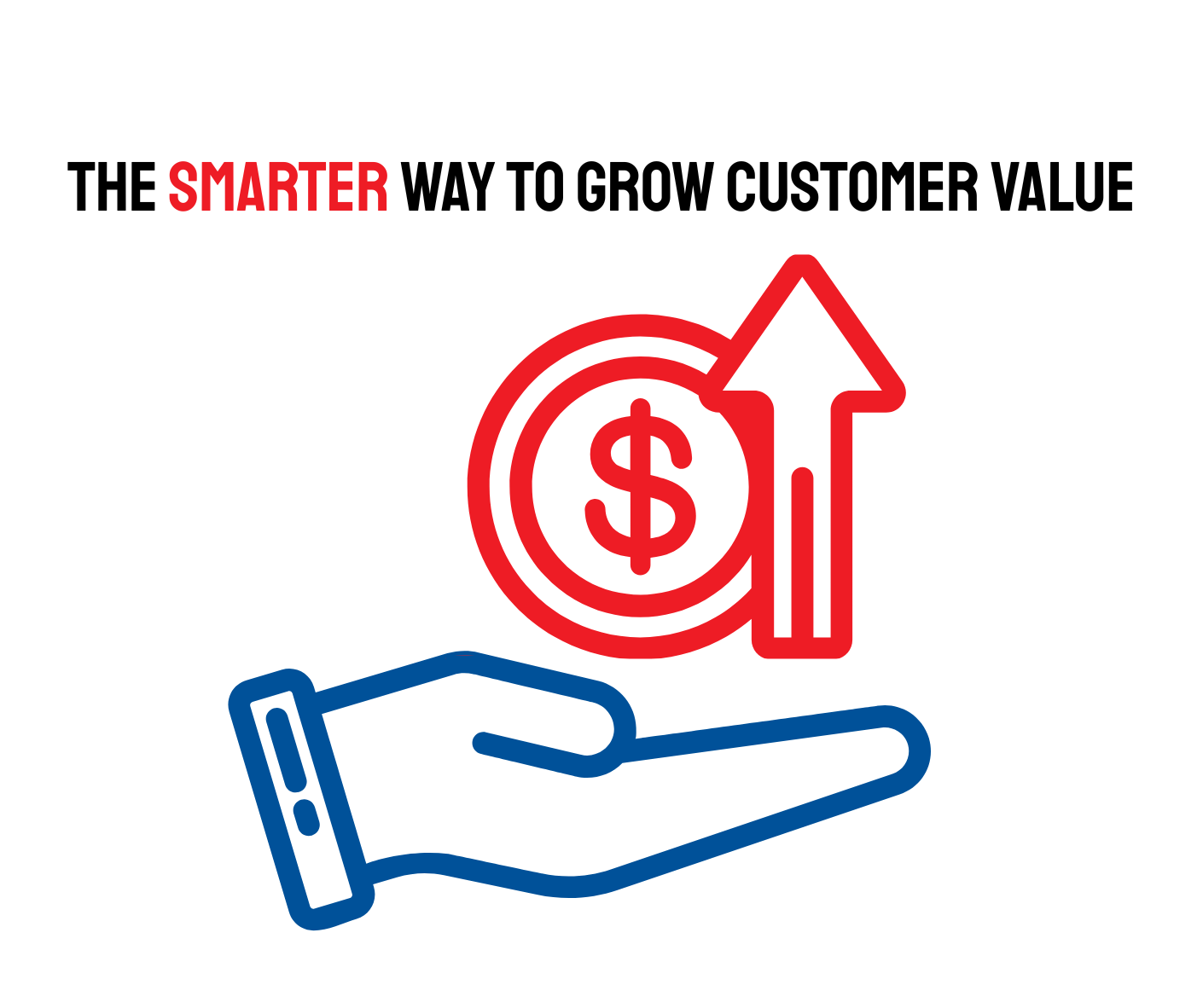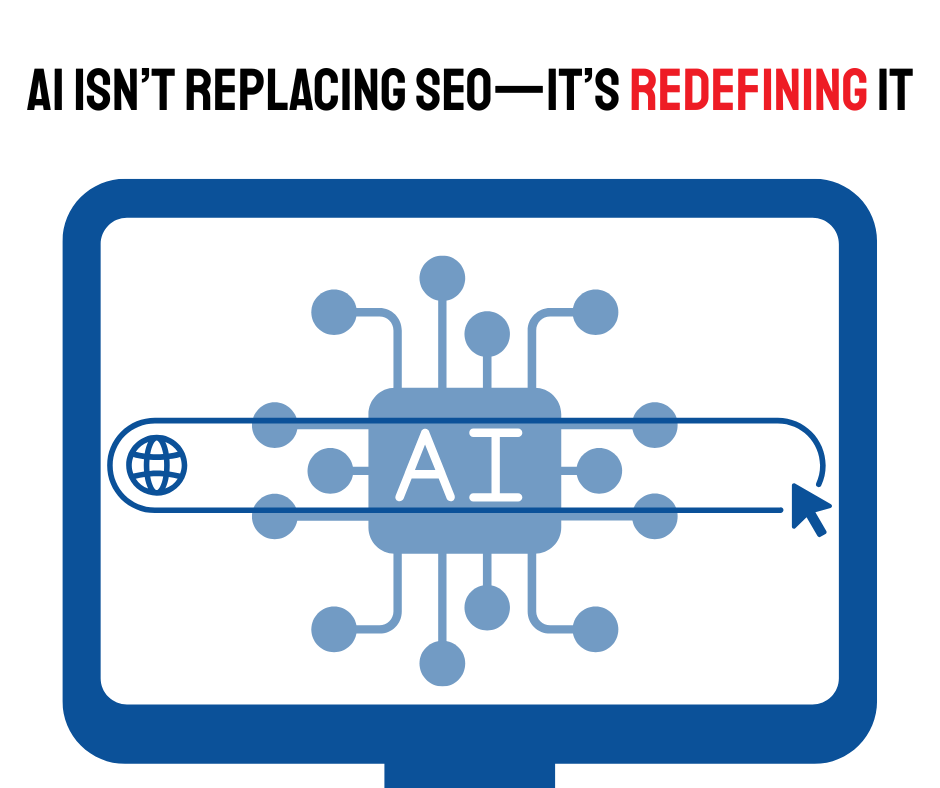How to Make Time for Innovation
We know you're an incredibly busy business owner. It's easy to get caught up in the daily tasks and operation of your business. But if you're only doing what must be done, and never making time for innovation, you will fall behind.
But how do you make time to innovate?
For the busy business professional, being told to make time to innovate is like someone critiquing your swimming stroke when you feel like you're drowning. To innovate you must have (or feel like you have) your business under control and very few business owners feel that way.
Something is always coming up that demands time and energy and so innovation takes a back seat to the business’ immediate needs.
It's likely you've heard that AI can streamline your tasks and make you more efficient. While that's true and a lot of businesses are using AI in administrative ways, it can do so much more.
However, even as good as AI is, it cannot oversee your strategic planning and innovation. As the leader of your company, you need to be the one to take that on.
With AI you can get several hours back in your week and that extra time can be used to innovate and strategize.
Here's how:
Things AI Can Take off Your Plate
Here’s a list of ways AI can free up your time as a small business owner, enabling you to focus on innovation and growth.
Please note: these technology suggestions are starts. There are many other options out there. Perform your due diligence to find a solution that works best for the way you work.
Let’s get started…
Automate Administrative Tasks
- Email Management. Use AI tools like Gmail's Smart Compose or apps like Superhuman to prioritize and automate responses.
- Scheduling. Leverage AI scheduling assistants like Calendly or Clara to manage appointments and meetings.
- Document Handling. Use tools like DocuSign or PandaDoc for automated contract creation, signing, and tracking.
But don’t stop there. How much time does your team spend on interacting with your customers, not in engaging ways but answering the same questions over and over. Once when visiting a liquor store on Christmas Eve, I witnessed the employee answer the phone five times within a three-minute span. He answered each time with “Hello, we’re open until six.” Most people hung up after that. All they wanted to know was the store’s hours.
That’s a waste of everyone’s time. Instead…
Streamline Customer Interactions
- Chatbots. Deploy AI chatbots like ChatGPT or Intercom to handle FAQs, basic inquiries, and customer support 24/7.
- CRM Integration. Utilize AI-powered CRMs like HubSpot or Salesforce Einstein to manage customer relationships and follow-ups.
Where else are you spending your time? Marketing? Financial management? Training? Let’s look at a couple of ways to streamline those.
Enhance Marketing Efforts
- Content Creation. Generate social media posts, blog content, and email campaigns with tools like Jasper AI or Copy.ai or personalize your email campaigns based on customer data with MailChimp.
- Ad Optimization. Use AI platforms like Adzooma or Smartly.io to analyze and optimize your ad performance automatically.
- Social Media Scheduling. Automate post scheduling and analytics with tools like Buffer or Hootsuite Insights.
Optimize Financial Management
- Bookkeeping. Employ AI-based accounting tools like QuickBooks or Xero for automated expense tracking, invoicing, and tax preparation.
- Budgeting. Use AI financial tools like Fathom to generate forecasts and identify savings opportunities.
- Payment Systems. Square and Clover integrate AI for tracking sales and managing promotions.
Enhance Team Collaboration
- Project Management. Use AI-enhanced tools like Asana or Trello with smart suggestions to streamline workflows and assign tasks.
- Talent Management. Automate hiring processes with tools like Zoho Recruit or LinkedIn Talent Insights to find the right candidates faster.
- Virtual Assistants. Use Zapier to integrate and automate workflows between apps like Gmail, QuickBooks, and Slack.
Boost Personal Productivity
- AI Assistants. Tools like Otter.ai can transcribe meetings and summarize notes.
- Focus Tools. Apps like Freedom or Serene use AI to help you minimize distractions and improve focus.
Gain Insights for Innovation
- Data Analytics. Tools like Tableau or Google Analytics with AI capabilities can help you gather insights into customer behavior or market trends.
- Competitor Monitoring. Tools like Crayon can track competitor activities and strategies in real time.
Automate Customer Feedback
- Survey Tools. Platforms like Qualtrics or Typeform can collect and analyze customer feedback.
- Sentiment Analysis. MonkeyLearn analyzes customer reviews and identifies trends or areas for improvement.
Train Your Team with AI
- Learning Management Systems (LMS). Use AI-driven platforms like Udemy Business or Coursera for Business to provide personalized learning paths for employees.
For businesses with specific industry needs, we’ve compiled a few additional tools as well.
For Retail Shops
Inventory Management:
Tools like Vend or Square Inventory use AI to track stock, predict trends, and automate reordering.
Customer Loyalty Programs:
Platforms like Fivestars or Loyalzoo personalize rewards and send automated reminders to drive repeat visits.
Visual Merchandising Assistance:
AI apps like Diorama can simulate store layouts to optimize product placement.
Pricing Optimization:
Tools like Wiser analyze competitors and suggest the best pricing strategies.
For Restaurants and Cafes
Order Management:
Toast or Square for Restaurants automates online orders, menu updates, and payment processing.
Chatbots for Reservations:
Platforms like Tock or OpenTable use AI to handle bookings, reducing staff workload.
Predictive Analytics:
SevenRooms forecasts demand and customer preferences to manage staffing and inventory effectively.
Social Media Automation:
Use Planoly or Canva Content Planner to schedule posts showcasing daily specials or events.
For Service Businesses (e.g., Salons, Spas, Auto Shops)
Appointment Scheduling:
AI-powered apps like Booksy, Fresha, or Schedulicity automate booking and send reminders.
Customer Upselling:
Tools like Mindbody suggest related services or products during the booking process.
Review Monitoring:
AI platforms like Birdeye aggregate and analyze online reviews to improve your reputation.
Employee Scheduling:
Apps like Homebase optimize staff shifts based on predicted demand.
If you want more time to innovate in your business, ask yourself where you’re spending the most time and if your skills are really needed there. If not, there’s probably an AI tool for that.
Implementing even a few of these AI solutions can free up significant time and mental bandwidth, giving you the space to strategize, innovate, and lead your business forward in 2025 and beyond.
--------------------
Christina Metcalf is a writer and women’s speaker who believes in the power of story. She works with small businesses, chambers of commerce, and business professionals who want to make an impression and grow a loyal customer/member base. She is the author of The Glinda Principle, rediscovering the magic within.
_______________________________________
Medium: @christinametcalf
Facebook: @tellyourstorygetemtalking
Instagram: @christinametcalfauthor
LinkedIn: @christinagsmith




